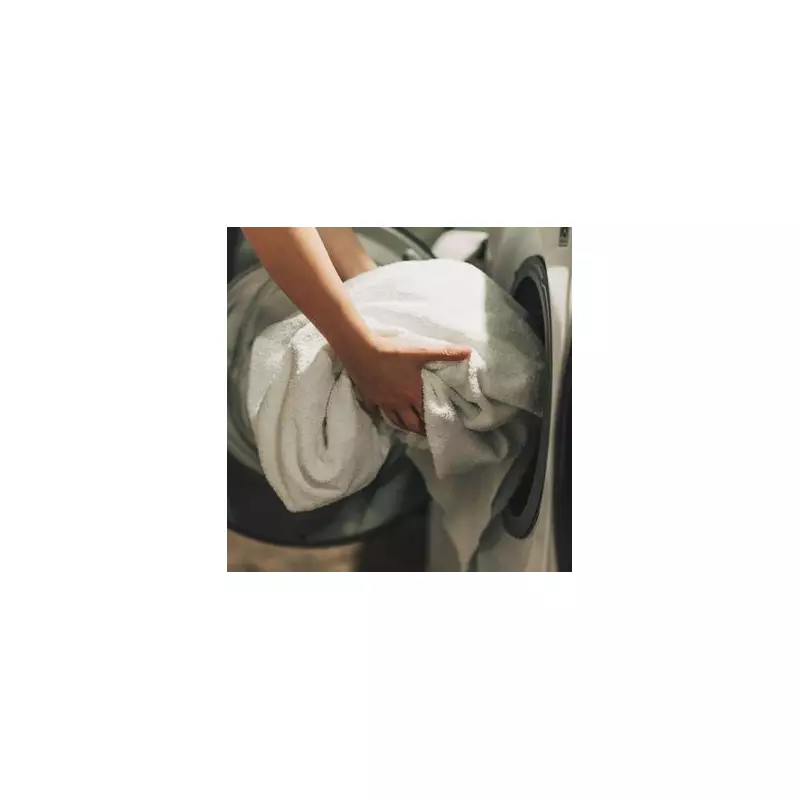
Your bed should be a sanctuary for rest and recovery, but it might be harbouring microscopic invaders that compromise both your sleep and health. New research reveals that simple changes to your bedding routine could dramatically reduce bacteria and dust mites.
The Hidden World in Your Bedding
While your bed may appear clean, it could be teeming with millions of dust mites and bacteria. These microscopic creatures thrive in warm, humid environments, feeding on dead skin cells and multiplying rapidly in your mattress, pillows, and bedding.
Transform Your Sleep Sanctuary
Experts recommend several straightforward strategies to reclaim your bed from these unwanted guests:
- Wash bedding weekly in hot water at 60°C to eliminate dust mites and bacteria effectively
- Choose breathable natural fabrics like cotton or linen that discourage moisture buildup
- Vacuum your mattress monthly using an upholstery attachment to remove allergens
- Allow bedding to air before making your bed each morning to reduce humidity
- Replace pillows regularly as they become breeding grounds for microorganisms
Why This Matters for Your Health
Dust mite droppings and bacteria can trigger allergic reactions, worsen asthma symptoms, and disrupt sleep quality. By maintaining cleaner bedding, you're not just creating a fresher sleeping environment—you're investing in better respiratory health and more restorative sleep.
Simple Changes, Significant Impact
Implementing these bedding habits requires minimal effort but delivers maximum benefits. The transformation in your sleep quality and bedroom hygiene will be noticeable within weeks, providing peace of mind alongside better rest.
Your path to cleaner, healthier sleep begins with these simple adjustments to your bedtime routine.





